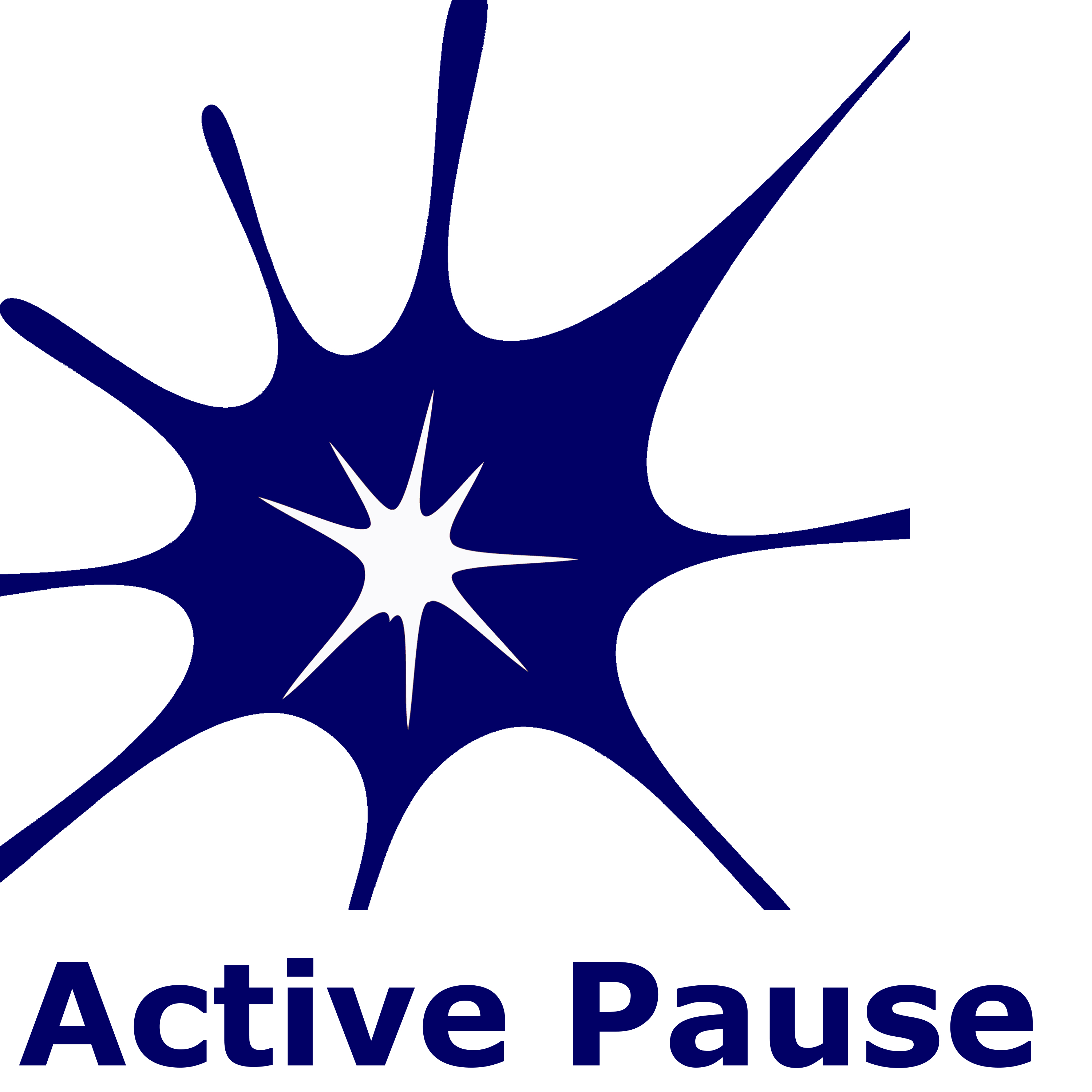How to depolarize political conversations
Description
You can download a printable PDF of this article.
Political conversations tend to bring up activation and polarization. This is not a reason to avoid them. The following provides some suggestions to make them a more satisfying experience.
These suggestions stem from a simple premise. In political discussions, we tend to become focused on arguing and making a point. As a result, we talk at each other instead of having a meaningful conversation. We need to counter this vicious cycle by broadening our focus and engaging our curiosity. To do so, we need to shift our sense of what the goal is.
Instead of defending a position, make it your goal to know more about each other through the discussion.
Here is a simple format for such a discussion. It has four parts.
Part 1: Commit to building safety and trust
In a discussion where you are opening up, revealing more of yourself as opposed to just voicing opinions, you are more likely to be vulnerable to attacks. So it does not makes sense to have such a discussion unless the person you’re talking to is equally committed to creating a safe and respectful space. You need to make this an explicit commitment.
Specifically, you will be using Active Listening throughout the conversation. That is, you will take turns to be the Speaker and the Listener.
When you are the Listener, you will give the Speaker a summary of what they said, making sure to do it from their perspective (not yours). You don’t have to agree, just understand, and clearly summarize what you understand. The Speaker can (and should) correct you if you misunderstand. The point is to make the Speaker feel heard and understood.
Part 2: Put the issue into a personal context
This is very different from the way we usually talk about issues. Here, when it is your turn to speak, hold off voicing your opinions. Instead, take a moment to think about how the issue has affected you and people you know, and talk about that.
For instance, if the topic is related to COVID-19, you could talk about such things as being sick, how it has been affecting your work and your children’s schooling, etc…
It is even better if you can go beyond the day-to-day and look for patterns in your life. This includes how such issues were handled in your family of origin. Of course, if the topic is related to COVID-19, it is a given that your family of origin never experienced it. But you can talk about related things, such as what the attitudes were in your family, about health, or crises in general.
Part 3: Ask a meaningful question
Now, you go a step further. The Listener asks the Speaker a question. It is based on what they shared in Phase 1. So it can be a challenging question, inviting them to face contradictions. But you should not be in a “gotcha” mode. You are not trying to trap or embarrass the Speaker.
As the Speaker, remember that you are not a candidate for political office. You don’t have to come up with a slick answer. It is quite OK to acknowledge that you don’t know how to deal with it. If you cannot find a response, please make an effort to articulate what makes it difficult for you to do so.
As the Listener, you practice Active Listening so that the Speaker feels heard.
Then, you switch roles.
Part 4: Discuss lessons learned
Now is the time to reflect on the process and to articulate what you got out of it. You each take turns describing what you have learned about the other person and yourself. Of course, the Listener uses Active Listening to help the Speaker feel heard.
And now, you can be appreciative of each other for turning a potentially frustrating conversation into a more satisfying exchange. Enjoy, and share this practice with others!
a href="https://activepause.com/zug/pdf/Depolarize.
More Episodes
Peter Levine talks with Serge Prengel about his personal journey through trauma. He describes how the development of Somatic Experiencing was deeply grounded in science as well as his intuitive connection to the ineffable dimension of life.
Peter A Levine, Ph.D., is the...
Published 05/01/24
Published 05/01/24
There are many ways to meditate. One of them is to think of meditation as an active pause. That is, a moment when we are not doing something in the conventional sense of doing something, but we are not passive either.
Our intention is to be mindfully aware of our experience, moment by...
Published 03/25/24


